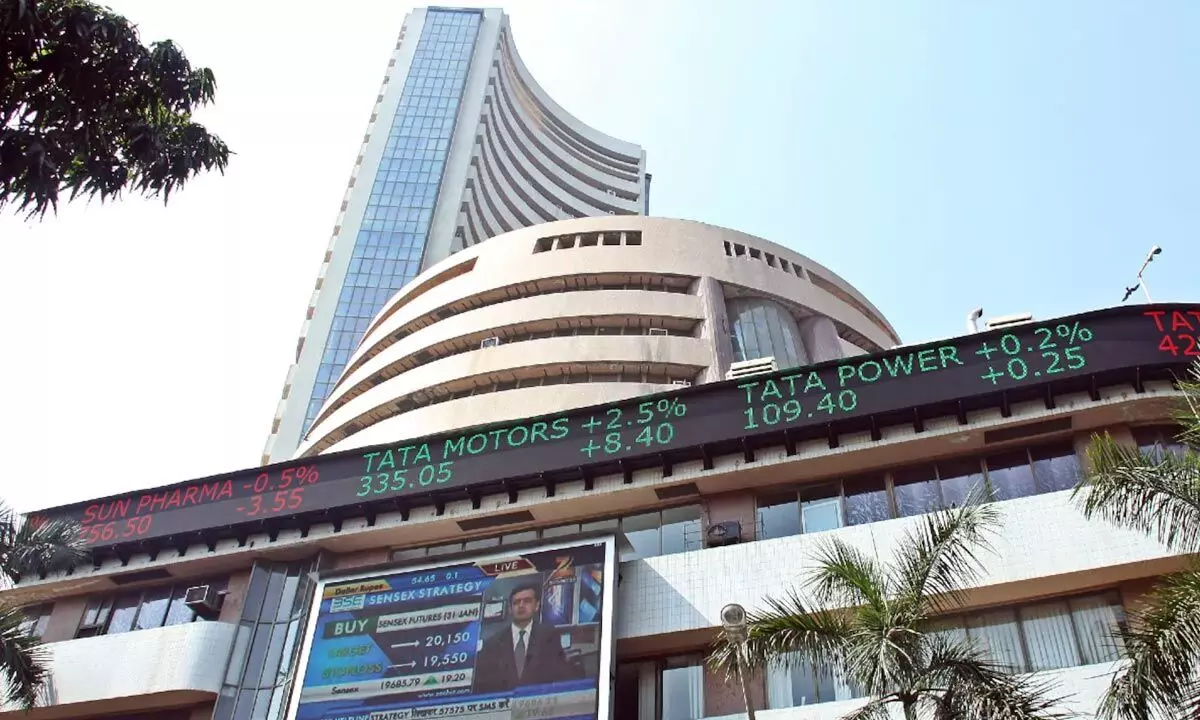Medium-term bullish bias likely
Sensex forms formed lower top formation; 20-day SMA or 65,900pts would act as a sacrosanct support zone, above which, it could bounce back till 66,700pts; On the flip side, fresh sell off possible only after dismi ssal of 65,900pts
image for illustrative purpose

Mumbai During this week, the benchmark indices witnessed profit booking at higher levels, where the 30-share benchmark index BSE Sensex was down by 524 points. Among sectors, Reality and Pharma indices were top gainers, both the indices rallied near five per cent, whereas profit booking were seen at banking, FMCG and IT stocks.
Technically, during the week, the index consistently facing selling pressure at higher levels. “On intraday charts, the index has formed lower top formation, which is largely negative. However, the medium term texture of the market is still in to the bullish side,” says Amol Athawale, technical analyst, Kotak Securities.
For the positional traders now, 20-day SMA (Simple Moving Average) or 65,900 points would act as a sacrosanct support zone, if the index succeeds to trade above the same, then it could bounce back till 66,700 points. Further upside may also continue which could lift the market till 67,000 points.
On the flip side, fresh sell off possible only after dismissal of 65,900 points, below which, the market could slip till 65,500-65,350 levels. For the Bank Nifty also, 20 day SMA or 45,250 points could be the trend decider level. Above 45,250 points, the Bank Nifty could move up till 45,700-45,900 levels. On the other side, below 45,250 points, it could slip till 44,700-44500 levels.
Vinod Nair, head (Research), Geojit Financial Services, said: “The better-than-expected US Q2 GDP data, though positive, hindered the mood of the domestic market as it signaled the chances of another rate hike. The Fed chief’s comments about a data-centric approach without ruling out rate hikes added to the uncertainty. Furthermore, the reversal of the buying trend by FII and the rise in US bond yields contributed to market volatility. However, Asian markets remained largely positive due to the BoJ’s decision to retain the policy rate, contrary to speculation about the removal of stimulus measures.


